When it comes to baking bread, especially artisanal styles, the size of your Dutch oven can play a crucial role. Choosing the right size can impact everything from the dough's rise and crust texture to the overall baking time. So, what is the best size dutch oven for baking bread? Lets delve into the various sizes and factors to consider.
For kitchen professionals and bread enthusiasts, knowing the dimensions of your Dutch oven can significantly enhance the baking experience. A medium to large size, generally around 5 to 7 quarts, is often recommended for baking bread. This allows enough space for the dough to expand and for steam to build up, resulting in that coveted crusty exterior and fluffy interior.
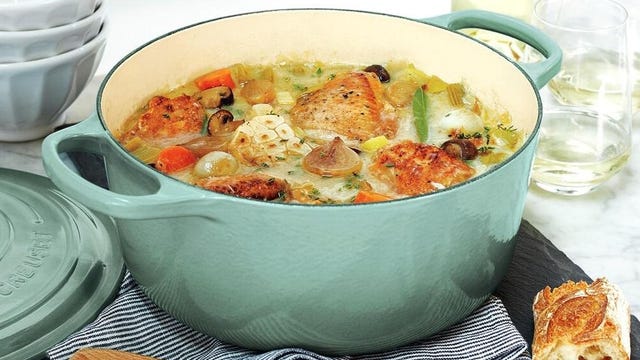
Understanding Dutch Oven Sizes
Not all Dutch ovens are created equal, and their sizes can vary greatly. Typically, they range from 2.5 quarts to over 7 quarts. While smaller ones might suffice for individual loaves or smaller batches, larger Dutch ovens can accommodate more significant quantities, making them ideal for commercial or home use.
The Ideal Size for Baking Artisan Bread
When aiming to create that perfect crunchy crust and soft center, a Dutch oven in the 5 to 7-quart range is favorable. This size allows for even heat distribution and enough headspace for the loaf to rise without touching the lid. Additionally, the larger volume ensures optimal steam retention, crucial for achieving that bakery-quality crust.
Common Sizes and Their Uses
Understanding the common sizes of Dutch ovens can help in selecting the right one for your baking needs:
- 2.5-quart: Best for single-serving or small style loaves. Ideal for those experimenting with recipes.
- 5-quart: A versatile option where you can bake a standard loaf while still having room for small batches.
- 7-quart: Perfect for larger family sizes or when baking in bulk. It allows for the most flexibility.
Factors Influencing Size Selection
Aside from the loaf size, other factors can influence your choice in Dutch oven size for baking bread:
- Recipe Type: Some recipes call for specific vessel sizes; pay attention to those recommendations.
- Dough Hydration: The more hydrated the dough, the more space it will need.
- Type of Bread: A rustic loaf may require a different size compared to a sandwich-style loaf.
What Material Should Your Dutch Oven Be?
The material of your Dutch oven also matters. Cast iron is highly recommended due to its excellent heat retention and even cooking. An enameled cast iron Dutch oven not only provides this benefit but also ensures that your bread bakes without any metallic taste.
For further insights on maintaining cast iron, check out this seasoning guide for cast iron.
The Importance of Lid Design
The lid design can greatly affect your bread baking as well. A snug-fitting lid helps trap steam which is essential for crust formation. Look for Dutch ovens with heavy lids that can hold in moisture effectively. A pot with a taller design can yield better results for larger loaves as well.
Baking Techniques to Consider
When preparing to bake bread, consider these techniques using your Dutch oven:
- Preheating: Preheat your Dutch oven along with your oven for at least 30 minutes; this helps create an instant steam effect when you put the dough inside.
- Baking without Lid: Baking for the first 20 minutes with the lid on, followed by 10-15 minutes with the lid off can achieve a well-cooked loaf.
For helped tips on the best temperatures for seasoning your Dutch oven, see this temperature guide.
Size Comparisons Based on Favourites
Let's take a look at some popular Dutch oven sizes by brand and how they stack up:
- Le Creuset 5.5-quart: A favorite among chefs for its size and heat retention.
- Staub 7-quart: Great for larger batches of bread.
- Cuisinart 6-quart: An excellent budget option that holds up well for home bakers.
For additional recipes and ideas tailored for Dutch ovens, you can visit Food & Wine's Dutch oven recipes.
Multiple Loaf Baking
If you are looking to bake multiple loaves at once, it might be beneficial to invest in multiple Dutch ovens or larger capacity types. Batch baking can save time and help you perfect your techniques all in one go!
Final Recommendations
In conclusion, for professionals wanting to explore the world of sourdough or any artisanal bread, the best size Dutch oven for baking bread is typically between 5 to 7 quarts. This size offers flexibility, room for growth, and optimal cooking conditions.
As you embrace the baking experience, keep experimenting with sizes and techniques to find out what truly aligns with your baking style.
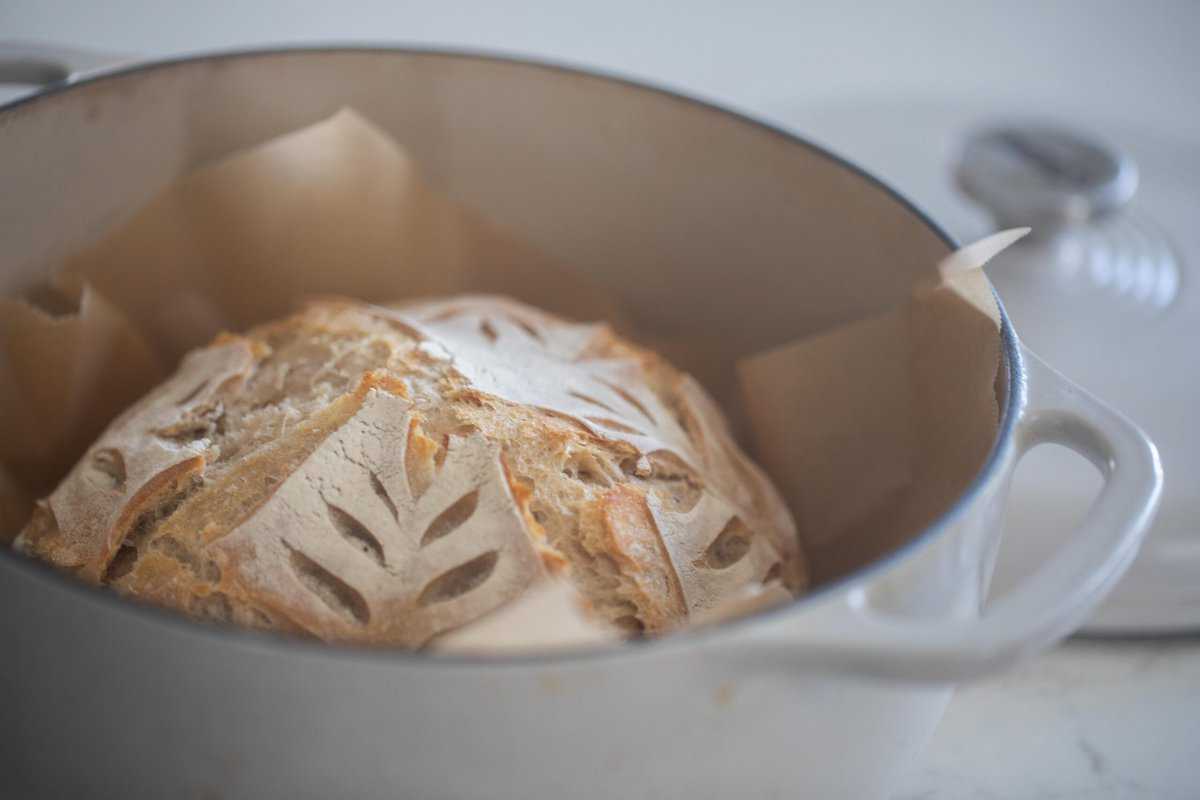
Frequently Asked Questions
What if I have a different size Dutch oven?
You can still achieve great results; just adjust your baking times and monitor your bread closely.
Can I bake sourdough in a smaller Dutch oven?
Yes, but be prepared to reduce the dough amount to prevent overflow.
Is non-stick Dutch oven good for baking bread?
While it can work, traditional cast iron is preferred for its heat retention properties, which is crucial for bread baking.
By embracing the science of your baking tools and understanding the impacts of size, you can take your baking endeavors to new heights, providing you with delicious and satisfying results every time.
This article contains affiliate links. We may earn a commission at no extra cost to you.

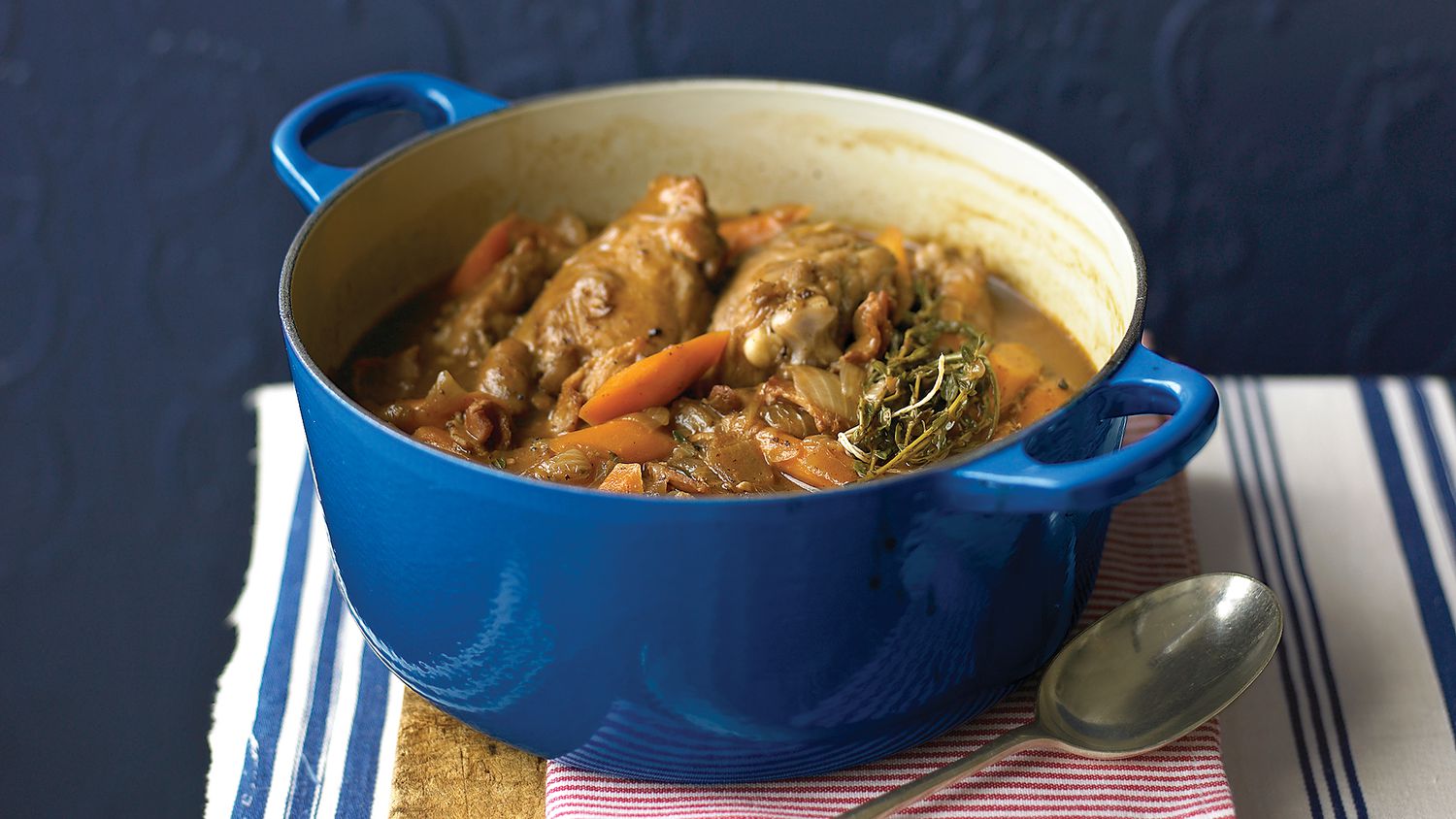


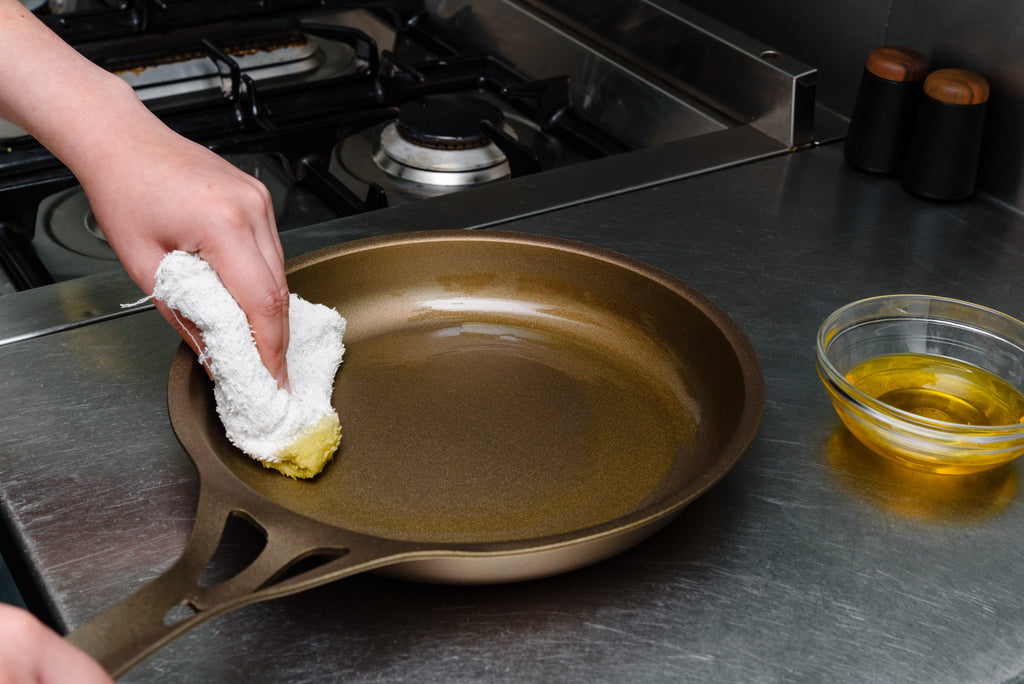
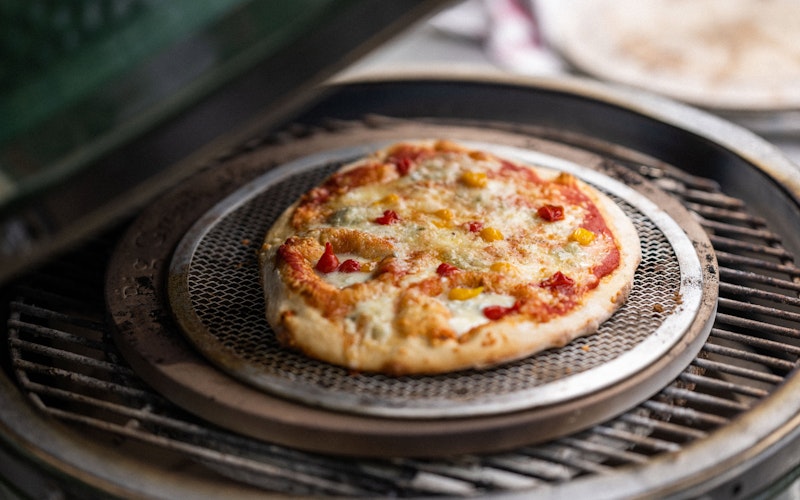
Leave a comment
This site is protected by hCaptcha and the hCaptcha Privacy Policy and Terms of Service apply.